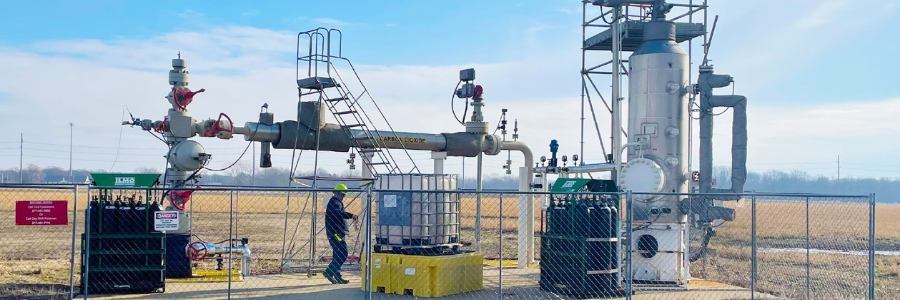
Digging deeper to find a solution to reduce carbon emissions
Posted On June 17, 2024
What if I told you there was a way to capture carbon emissions that might otherwise go into the air and instead safely bury it two miles or so underground?
Well, there is. And our guest in a recent episode of “What’s Working with Cam Marston” works for a company that does it.
Bret Estep works in mergers & acquisitions and partnerships for Tenaska, an Omaha-based energy company that is one of the largest privately held companies in the U.S. with operations spanning the energy value chain.
“We build, own, operate and manage energy infrastructure projects all over the country,” said Estep, who works out of Birmingham.

One of Tenaska’s services is what Estep calls “nature-based CO2 storage.” The company operates 11 storage projects around the country, where carbon emissions are injected deep underground and stored there, instead of allowing them to be released into the atmosphere.
How does it work? Manufacturers and industries capture and compress their carbon emissions and Tenaska builds pipelines to carry them to one of its storage sites. These sites are in rock formations that are permeable enough that carbon dioxide can be injected into them, yet porous enough that the emissions will bind to the rock. There, they can be safely stored.
Each site is designed to store 5 million metric tons of CO2 per year, for a 30-year timeframe.
It’s an expensive process, but one for which Estep says there’s a lot of demand, as companies look for ways to reduce their emissions.
“It’s not just power, or gas, or fossil fuels. It’s also cement and steel and pharmaceuticals and all sorts of things that people really need,” Estep said of Tenaska’s clients. “They don’t have a solution to some of their business imperatives. They need this kind of infrastructure to go forward.
“The reality of it is, if you have a CO2 reduction objective, there’s only so much you can do via renewables. You’ve got to do some of this work as well.”